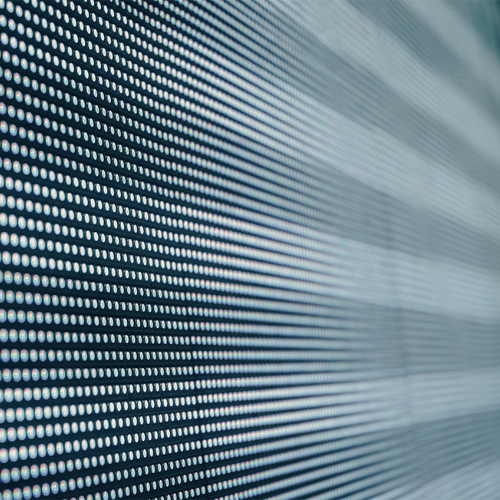Digital advertising has been a boon for brands. Automation technologies allow them to hone in on their exact audiences, and—quite literally—cherry pick the impressions for their campaigns. Want to target East coast moms with high household incomes who’ve visited your site within the past two weeks but only pay for impressions that we in view? No problem! Solutions are available and ready to help. And thanks to their big budgets, VC-funded technologists have rushed in, developing new tools to help brands and agencies optimize every component of their campaigns. Publishers, on the other hand, have been the technologist’s afterthought.
For years, publishers have been at the mercy of advertiser demands, who’ve forced the digital publishing industry to adapt to big changes that dramatically affect their bottom lines. Unfortunately, they’ve done so without the technology or automation to help make it happen (although header-bidding just may be the big exception to this). As a result, they’ve seen serious risks to their yield.
This is an urgent issue. The industry can’t continue to benefit one side of the market—the advertiser—without equally benefiting the other—the publisher. Markets function best when all players benefit equally. It’s fair to say that the digital advertising market isn’t functioning as well as it could be, and that as an industry, we must focus on providing publishers with better automation tools, or face an ecosystem with fewer premium publishers.
Case in point: viewability. There are myriad ways automation will help publishers with viewability, both reactively and proactively. For instance, the publisher ad server and the agency ad server will always report different viewability counts; that’s just a fact of life. For the publisher, reconciling those discrepancies is a time-consuming and manual effort. And that manual labor makes it difficult for publishers to defend their counts, forcing them to accept counts (and revenue) that are lower than they should be.
While advertisers are easily able to target impressions based on viewability, the same isn’t true for publishers. So how do we level the playing field? If publishers had access to accurate and automated measurement and reporting, they’d have a much better sense of which ad units are likely to be in view. Moreover, they could automatically direct to those units for campaigns where viewability is a targeting criteria. Such a capability will allow publishers to meet their viewability guarantees with far less impression waste.
As it stands, challenges like discrepancies represent untold sums of lost revenue, vast amounts of time spent sifting through data to reconcile and invoice campaigns, along with make-goods that take valuable inventory away from future campaigns.
But discrepancies are not the problem per se, they are a symptom of a bigger problem – the imbalance of power between the buy side and the sell side. The former has all of the tools, automation and budgets; the latter is asked to compromise far too often. If more of the publisher workflow was automated, we could begin to level the playing field. And that would do more than just drive higher yields for publishers—it would ensure that advertisers continue to have ample premium and brand-safe environments in which to engage their audiences.
Read more here.
 Share on LinkedIn
Share on LinkedIn Share on X
Share on X


